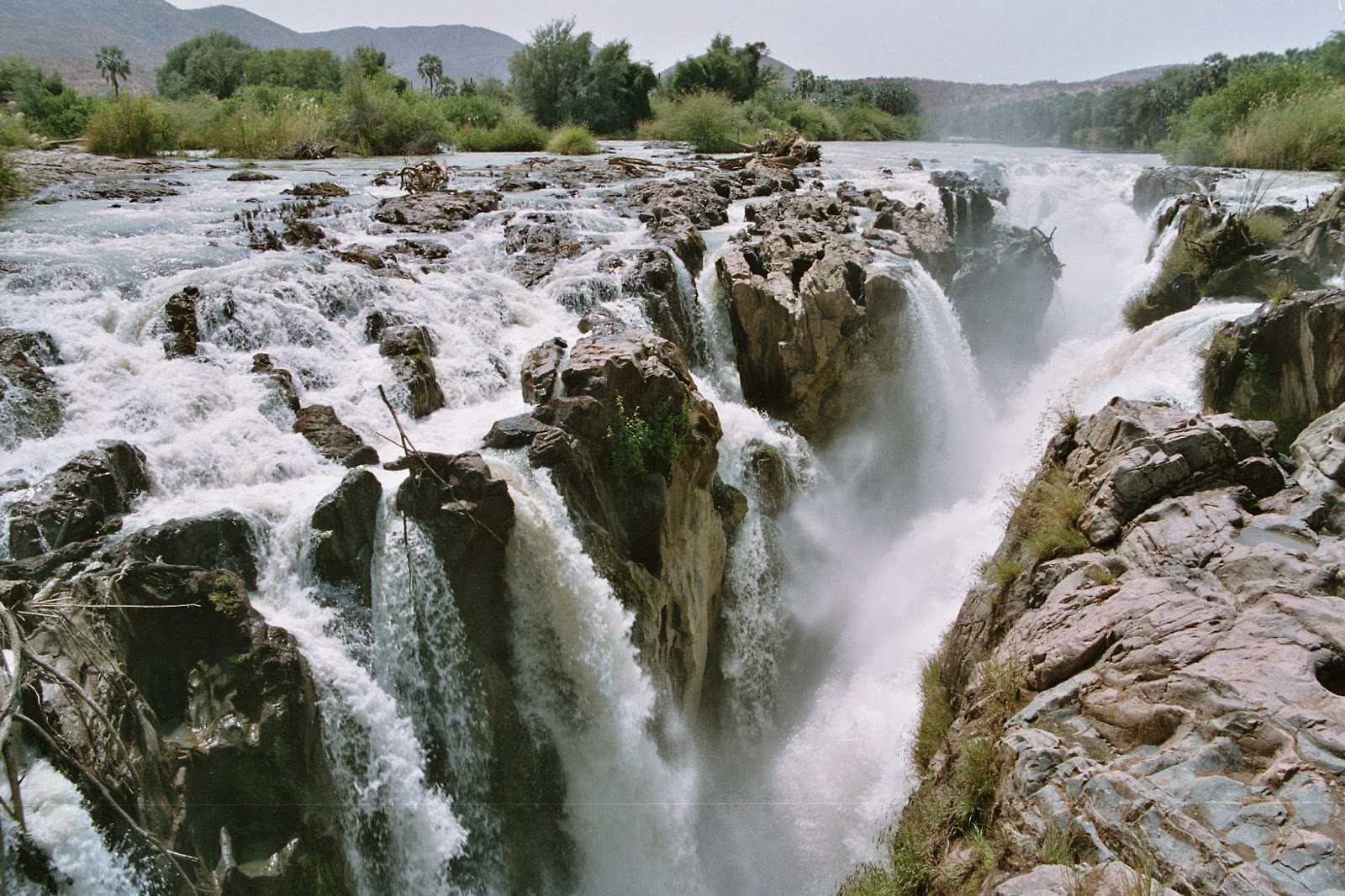There’s only one place on the earth where the
corners of four countries come together. However you’ve heard about number of
instances where the borders of 2 or 3 nations touched, but the distinct
territories are very rare confluence of a 4 nations coming together on one spot
only exists in Africa where the corners of Zambia, Zimbabwe, Botswana, and
Namibia meet. It may not have been used before 1964 when it was perhaps
invented by the Office of the Geographer of the United States Department of
State. It is a popular tourist spots where states come together which are
usually decked out with monuments and bronze medallions, the African
quadripoint sits in the middle of a river that cuts between the countries.
It has been theorized that the point is not a
true quadripoint but instead a pair of tri-points separated by thin strips of
real estate. Irrespective of the quibbling, the understandable jurisdictional
headache of having four countries so close to one another has resulted in some
conflict. Moreover at one point the ferry that carried individuals across the
river from Namibia to Botswana became a point of contention, with both
countries laying claim to the transport. A little amount of fighting broke out
but it was rather subdued for an international incident.
Though numerous maintain that slight changes in
the flow of the Zambezi river and the exact geographical borders have
eliminated an actual quadripoint, the countries are all so close that the only
difference is academic. If you visit the border at any time you will find
hundreds of trucks lined up to cross on the ferry. It can take days and even
weeks for some truckers to get between the borders because of the backlog. The
best way to experience the Kazungula is to cross on foot, in which case you can
skip the queue of trucks and jump on the ferry relatively quickly. Well, Kazungula
is in general a lovely place where you can go to relish the scenery and at the
very least, contemplate the feeling of being surrounded by four different
countries (almost).
Source: Charismatic Planet




















































